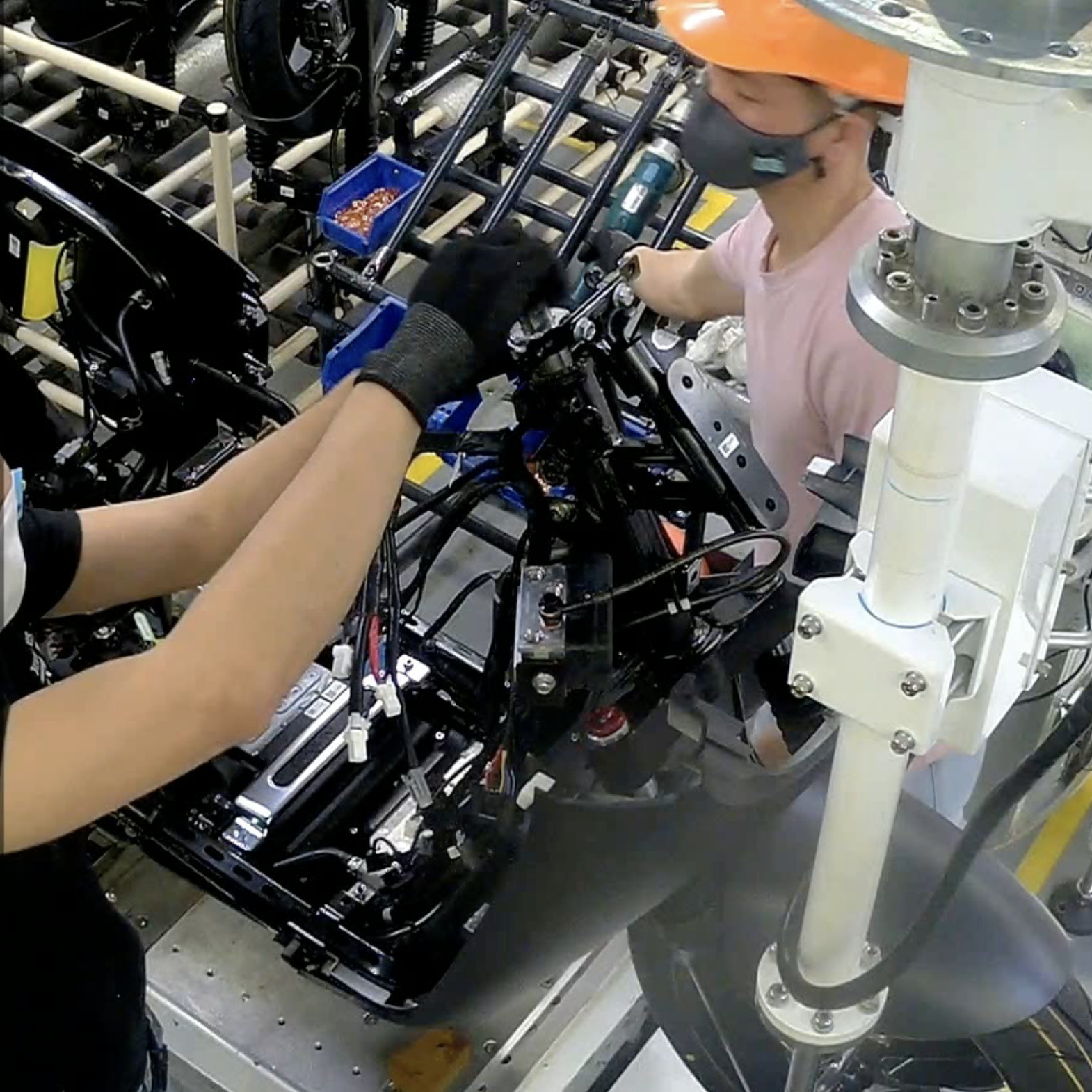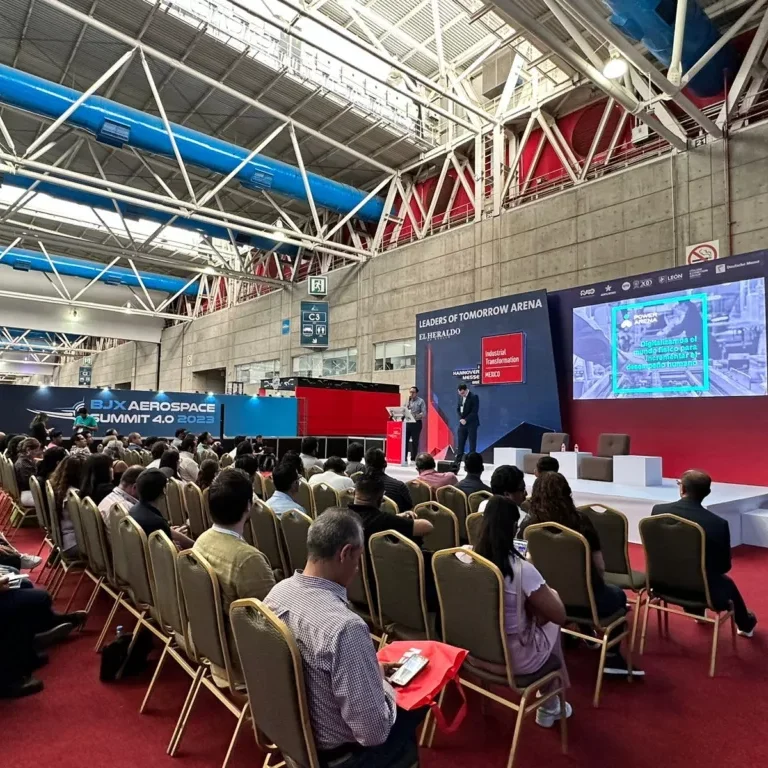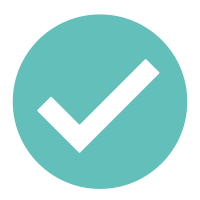By Sharon Hsieh
Overcoming Barriers to Scaling Production
As global manufacturing shifts continue, more companies are relocating production lines and expanding capacity in Southeast Asia, India, and Mexico—regions with abundant labor and close proximity to major markets. However, setting up new manufacturing bases in foreign locations comes with a critical challenge: how to effectively scale production capacity.
Two primary bottlenecks often hinder operations in these regions:
Training Challenges for Operators
While labor is plentiful in Southeast Asia, India, and Mexico, workers in these regions often lack familiarity with manufacturing processes and hands-on assembly line experience. This requires extended training periods, and with a large workforce, tracking training effectiveness becomes increasingly difficult. Additionally, cultural and language barriers create communication gaps, making operator training the first major hurdle to achieving smooth production.
Knowledge Gaps in Industrial Engineering and Management
Training challenges don’t stop at the operator level. Many on-site industrial engineers and management staff also lack expertise in production line management. Without proper training or hands-on experience, they struggle to provide effective support, forcing factories to rely on expatriate experts to improve workflows and optimize production processes.
How AI Vision Transforms Factory Operations
Optimizing Line Balancing in Labor-Intensive Factories
To maximize output and secure orders, factories in Southeast Asia often run 24/7 with three rotating shifts, six days a week. However, managing such a large, rotating workforce introduces significant production variability. Among the five key manufacturing management factors, “people” are the most unpredictable.
For factories operating hundreds of production lines, relying solely on manual oversight makes it impossible to track worker performance across all shifts. This is where AI vision technology becomes indispensable.
By analyzing worker movements, AI vision tracks cycle times (CT) for each workstation, accurately detecting active working periods. It enables managers to differentiate between value-added (VA) and non-value-added (NVA) work, pinpoint bottlenecks like idle time or delays, and optimize line balancing. AI vision helps address inefficiencies by identifying underperforming workstations, uneven workload distribution, and inadequate operator training, ultimately streamlining assembly processes.
Accelerating Ramp-Up for New Factories
For newly built factories, AI vision provides immediate and impactful benefits, particularly in:
- Monitoring production line status
- Establishing baseline performance metrics
- Dynamically adjusting production strategies
New factories often lack essential production data, making AI vision a game-changer. Instead of relying on manual logs or rough estimates, AI-driven analytics provide precise, real-time insights into workstation performance.
Immature production lines tend to conceal inefficiencies that slow down ramp-up and delay production targets. AI vision identifies these hidden bottlenecks, reconstructs incidents through video-based root cause analysis, and allows factory managers to prioritize and systematically eliminate roadblocks.
With real-time data analysis and instant alerts, industrial engineers can respond to issues as they arise. Problems detected today can be resolved by tomorrow, ensuring highly agile production management. Instead of making subjective assumptions, managers can now make data-driven decisions and dynamically optimize workflows.
Scaling and Replicating Best Practices in Mature Factories
AI vision extends human perception in manufacturing, highlighting inefficiencies that might otherwise go unnoticed. For mature factories, it breaks past traditional management limitations by enabling deeper process optimization.
By integrating AI-driven video analysis with production reports, AI vision fills the gaps left by IoT technology, which typically cannot capture human actions on the production line. It also synchronizes with data from connected factory equipment, creating a comprehensive, traceable production record.
This not only preserves operational knowledge but also facilitates knowledge transfer, making it easier to replicate optimized processes in new production lines. Factories that have fine-tuned their production can seamlessly scale operations by duplicating their most efficient workflows.
With AI-generated dashboards, factory managers gain real-time visibility into production performance across multiple sites. This shift from reactive troubleshooting to proactive optimization ensures that manufacturers maintain full data ownership, enabling faster decision-making and global operational scalability.
AI Vision for Different Roles in the Organization
Executives: Mastering Data-Driven Decision-Making
Executives no longer need to be physically present at factories to understand production status. With remote access to real-time data, they can monitor multiple sites, track historical trends, and make data-driven decisions that enhance operational agility and keep the company ahead of the competition.
Plant Managers & Line Supervisors: Gaining Visualized Production Insights
With AI-powered dashboards, plant managers have instant access to traceable, transparent production data. They can analyze real-time workstation activity, pinpoint bottlenecks, and optimize workflows—all in one interface.
Industrial Engineers: 24/7 Access to Accurate Production Data
Gone are the days of using stopwatches to manually measure cycle times. AI vision automates data collection, providing real-time alerts for operational anomalies. This significantly reduces manual workload, allowing industrial engineers to focus on high-value problem-solving instead of routine data gathering.
Still Evaluating the ROI of AI-Powered Management Tools?
Lower Operational Costs
Maintaining stable production and quickly resolving bottlenecks in overseas factories requires more than manual oversight. The long-term benefits of AI-driven management far outweigh the initial investment in hardware and system integration.
AI vision reduces key management costs, including:
- Communication overhead caused by missing or unreliable data
- Travel expenses for on-site factory visits
- Repeated training costs due to unclear or inconsistent work processes
Increased Output & Product Quality
While traditional factories struggle with production bottlenecks, AI-driven facilities can complete six rounds of process optimization within just six months—far surpassing industry averages. By leveraging real-time production data, manufacturers can stabilize output, enhance product quality, and meet delivery commitments faster.
For industries where precision and efficiency are critical, such as electronics and automotive manufacturing, AI vision delivers a clear competitive advantage by ensuring consistently high production standards.
Driving Enterprise-Wide Digital Transformation
Implementing AI-powered management tools not only improves production efficiency but also drives a broader cultural shift within the organization. AI vision uncovers long-standing inefficiencies, providing management teams with unprecedented operational visibility.
By leveraging AI-generated insights, companies can redefine their approach to factory management, aligning with Industry 4.0 best practices and future-proofing their operations. This transformation extends beyond production teams—executives, engineers, and managers alike gain a deeper understanding of next-generation smart manufacturing strategies.
Achieving Scalable, Remote Factory Management
PowerArena’s Human Operation Platform (HOP) is an AI-powered smart manufacturing solution designed to visualize production processes and provide real-time, transparent insights for labor-intensive factories.
Key Capabilities of HOP:
- 24/7 AI-powered video monitoring
- Automated AI vision analytics
- Instant access to production records
By continuously delivering high-value, data-driven insights, HOP empowers manufacturers to enhance production efficiency, reduce costs, and scale operations globally.
Read More:
Data Ownership: Global Operation Realized by Using AI Vision
Table of Contents





